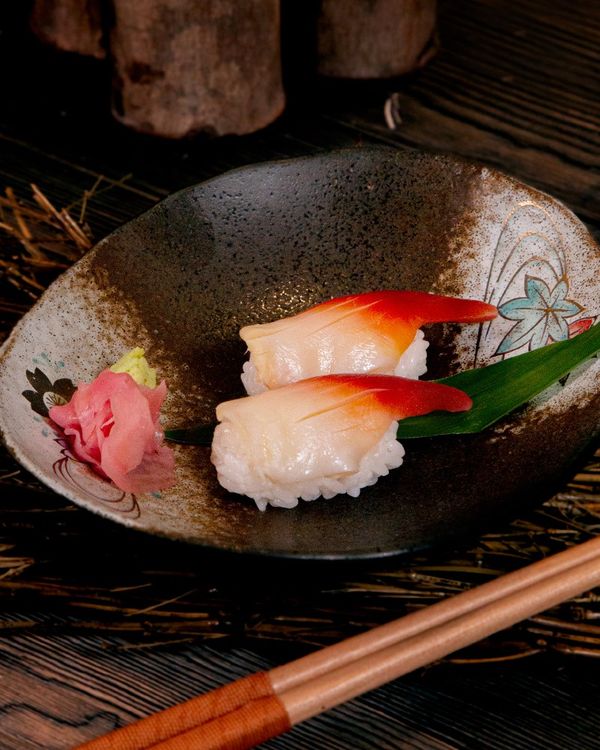07.10.2024
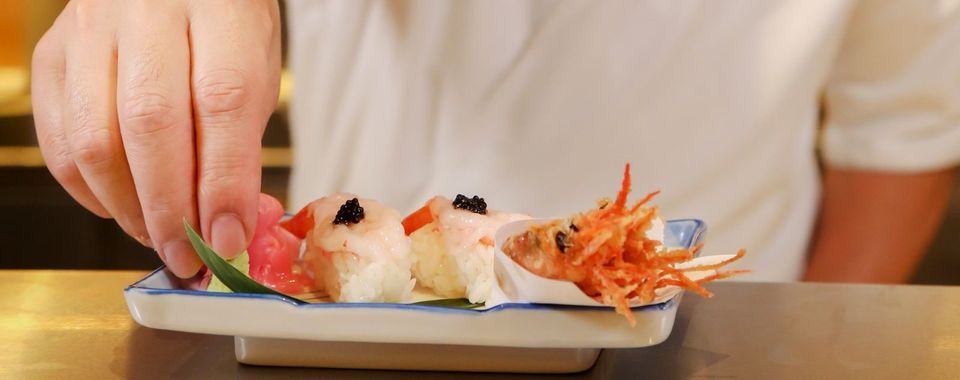
For a very long time, Sashimi is still a national dish and plays an important role in Japan cuisine. However, if only by fresh fish and skillful cut, Sashimi cannot shine themselves without side ingredients.
Wasabi – a Japanese taste everyone should try once
Wasabi is an extremely hard to take care of and really rare, because it can only survive on pure water stream, suitable height and neuter pH soil, especially at Shizuoka – Central area of Japan.
Weather and climate condition, as well as source of water in Shizuoka are considered the best in Japan to grow Wasabi, which is once of the hardest tree to take care in the world, can be proven through luxury and rare sake produced from the pure water source of this land.
It takes more than 1,5 year to grow and produce pure Wasabi with three distinctive sense level. The pungent straight to your nose, followed by a sweetness and finally the spicy. Fresh Wasabi is expensive but the pure and signature taste can only be found while using with fresh Sashimi.
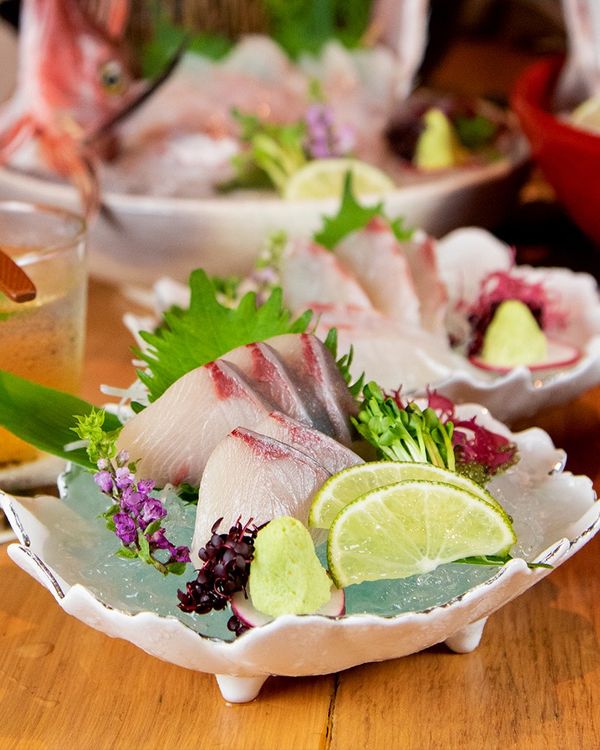
Wasabi is spicy but you will get over it soon, right after the pure and perfect taste of the dish, not too hot and spicy for a while like chilly, and that is the reason why Wasabi is popular in Japanese cuisine because its unique and elegant taste, a hight light, but not overwhelms the main course.
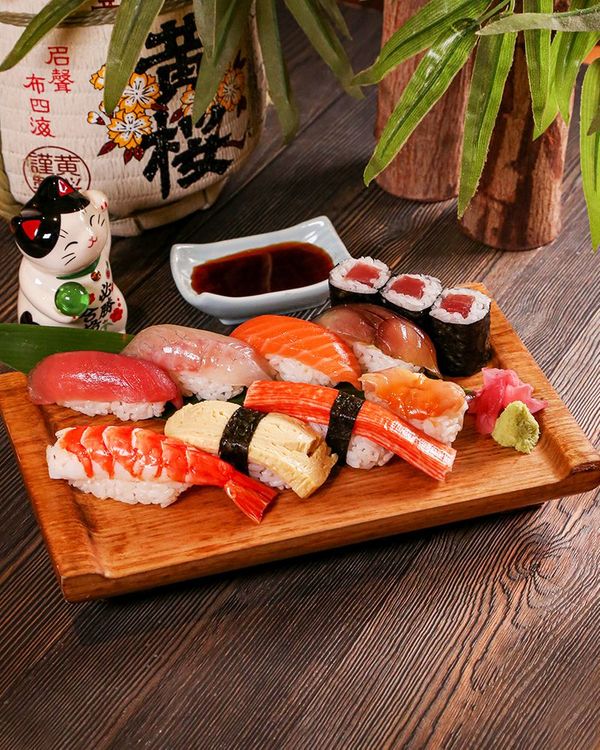
Gari pink ginger – slightly cleanse the previous taste
Together with Wasabi, Gari ginger reduces the fishy taste and fights the coldness in seafood, especially in Sushi and Sashimi. In Japanese cuisine, pickled ginger is also once of the indispensable spices. Gari pink ginger is sweet, fragant, spicy and crunchy which also good for health: antioxidants, warm, enhance the taste and good for digestion.
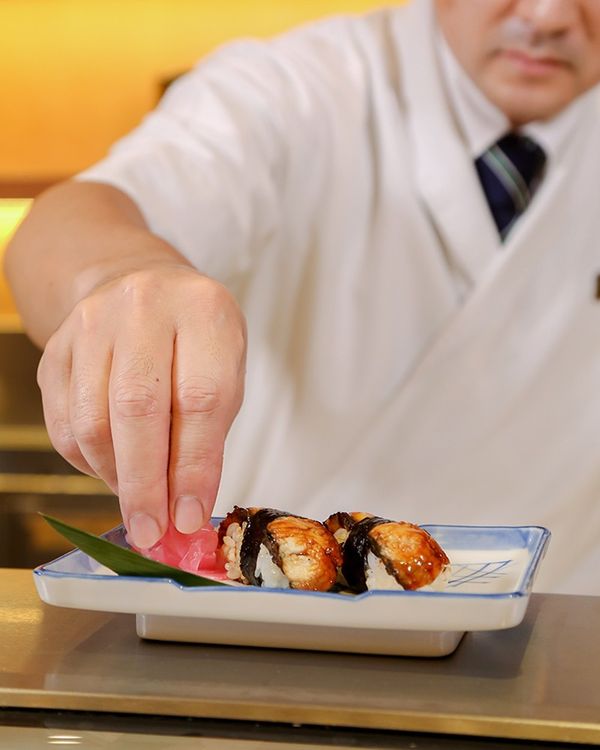
Pink pickled ginger was not meant to be used with Sushi and Sashimi, but should be used as a taste cleanse and to fully enjoy the next dishes. Or, if you want to switch between different kinds of Sashimi, starts with a slice of pink ginger to enjoy the purest taste of the next piece of fish.
